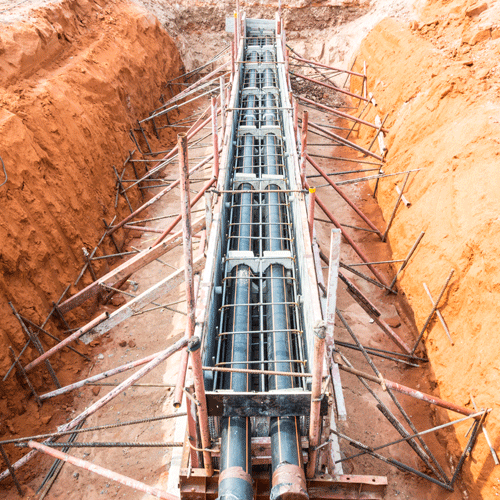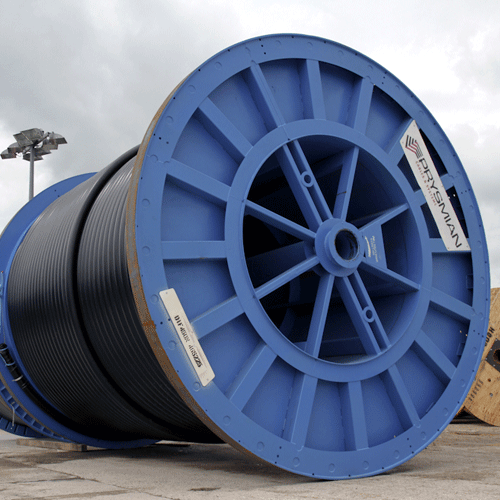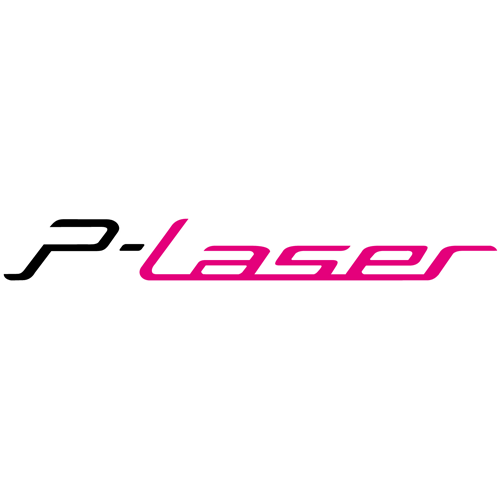Prysmian Group realising vital German Corridor energy transition projects
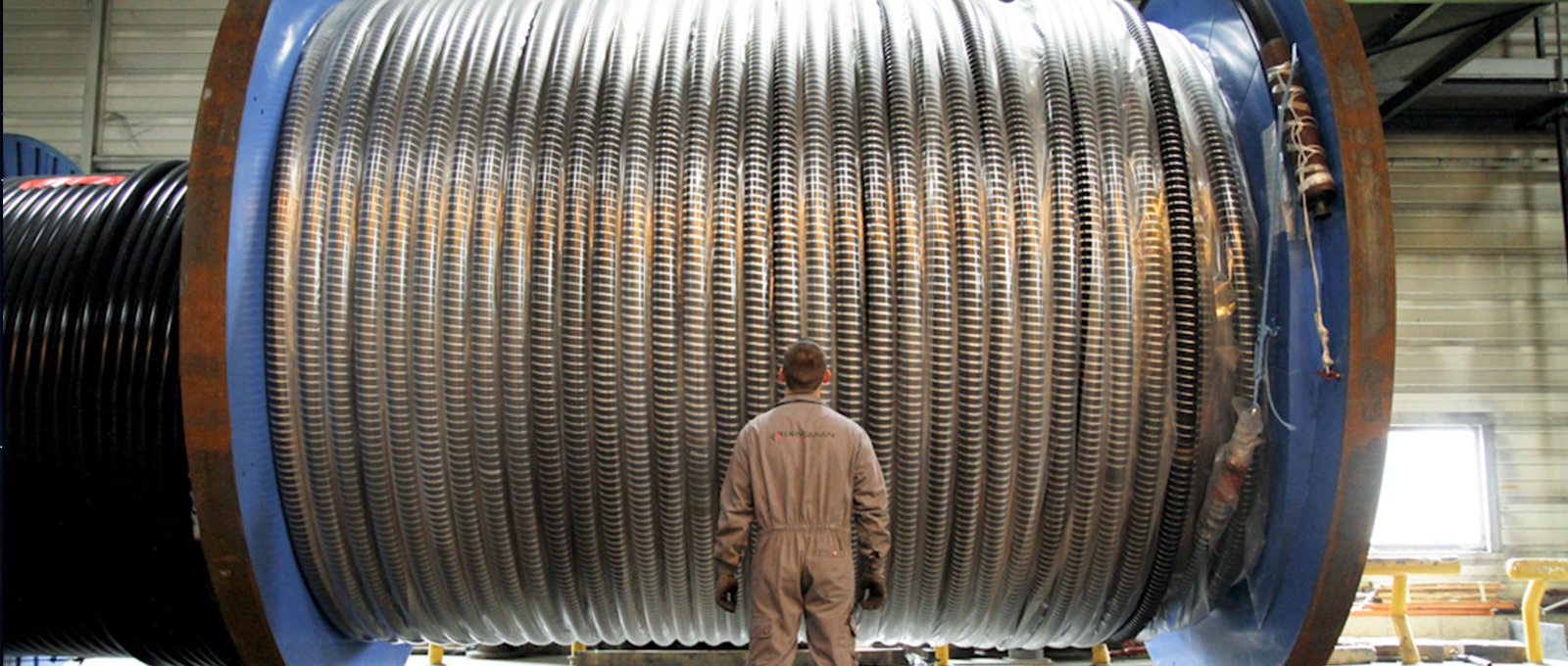
By 2022, Germany will phase out its 17 nuclear power plants. Despite vast investments in renewable energy, the country faces a major hurdle in achieving its decarbonisation goals, because its electricity grid is not yet ready to transport wind energy generated in the north to the south, where it is needed.
Prysmian is playing a key role in developing three vital energy transition projects in Germany that will make this possible. The group has been awarded contracts in excess of €1.8 bn for the SuedLink, SuedOstLink and A-Nord Corridor projects. The required underground lines - the longest in the world - will use a new, higher voltage cables technology. In all projects, Prysmian will work with dedicated local project engineering and management teams, provide all accessories and the integrated PRY-CAM monitoring system, and carry out design and installation works. Quality and efficiency of the installation will be assured with optimised long length solutions, extending beyond 2 km.
SuedLink
CONTRACTOR: German transmission grid operators TransnetBW GmbH and TenneT
PRYSMIAN’S ASSIGNMENT: design, manufacture, supply, lay, joint, test and commission a 2GW underground cable system combining large copper conductors with extruded XLPE insulation technology at the highest voltage level. The Group will deliver a ±525 kV high-voltage direct current underground cable system, with the capacity to transmit 2GW of electrical power.
ROUTE: 700 km, from Wilster in Schleswig-Holstein to the northwest of Hamburg to the southern connection point at Bergrheinfeld, Bavaria.
PLANNING: to be completed 2026.
CONTRACT VALUE: > €800m
A-Nord
CONTRACTOR: German grid operator Amprion GmbH
PRYSMIAN’S ASSIGNMENT: design, manufacture, supply, lay, joint, test and commission a 1GW underground cable system. Prysmian will deliver a fully qualified ±525 kV high voltage DC cable system consisting of copper cables, insulated with proprietary P-Laser technology, complete with a separate insulated metallic return cable.
ROUTE: 300 km, from Emden in Lower Saxony to Osterath in Nordrhein-Westfalen,
along the entire Northern route of this German Corridor.
PLANNING: scheduled to commence 2023
CONTRACT VALUE: > €500m
SuedOstLink
CONTRACTOR: Dutch-German grid operator TenneT TSO GmbH
PRYSMIAN’S ASSIGNMENT: deliver a ±525 kV HVDC underground cable system, the first HVDC link to use extruded cables at this highest voltage level, combined with large copper conductor cables and Prysmian own developed innovative P-Laser insulation technology, with higher operating temperature, to enable a transmittable power of more than 2GW on a single system for the first time.
ROUTE: 250 km, starting at the Southern Germany connection point at Isar, close to Landshut in Bavaria.
PLANNING: completion early 2026
CONTRACT VALUE: > €500m
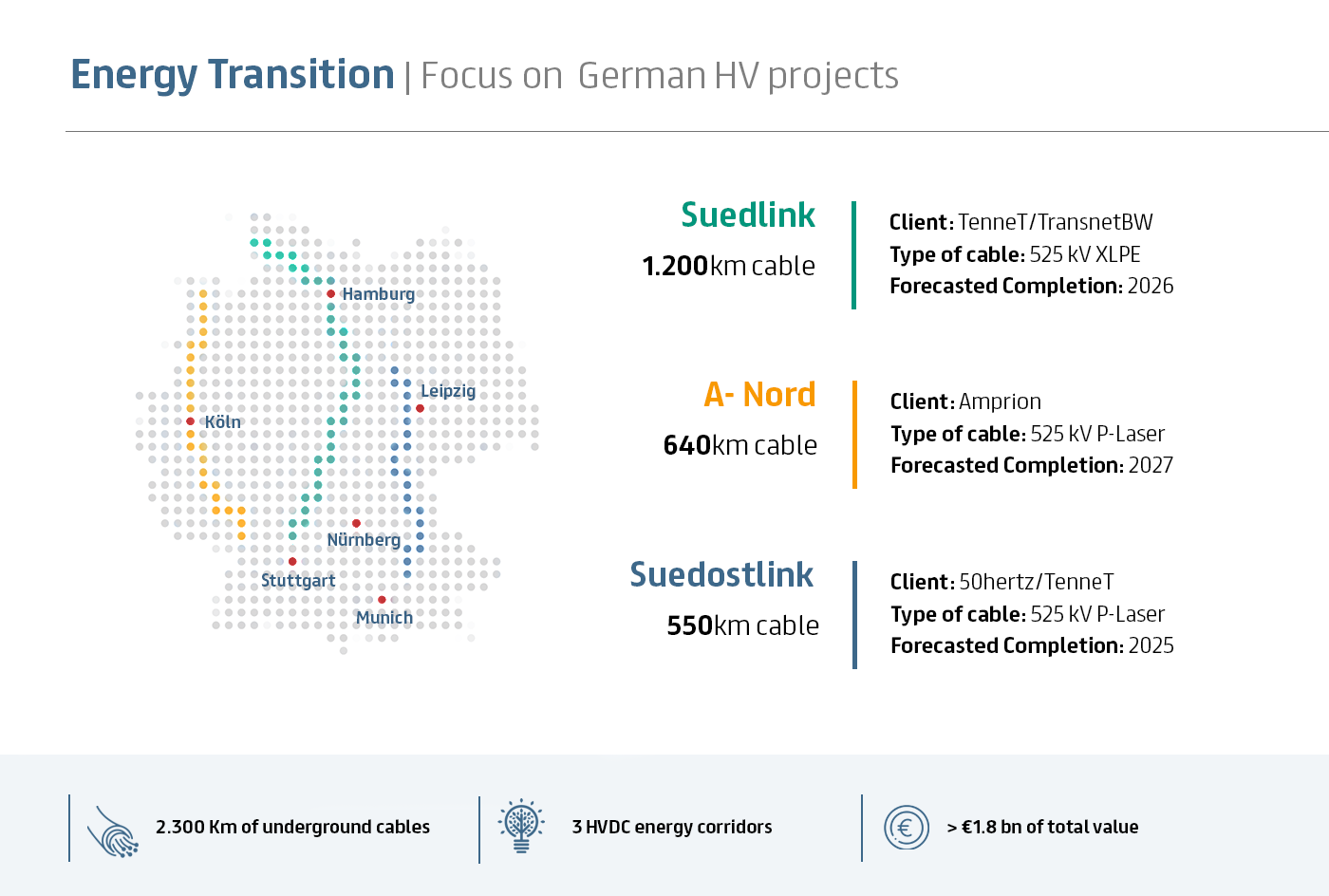
Our innovative and eco-friendly solutions are supporting Germany’s energy transition in a sustainable way, with the development of more capable underground cables able to cover longer distances with an increasing level of power transmission, to carry more energy from the North of the country, where renewable energy is being generated, to more southerly regions, where it is required. Prysmian’s involvement in the German corridor project confirms our ambition to play a strategic role in the shift towards a low-carbon economy and drive the energy transition with smarter, more reliable and more sustainable solutions.
P-Laser is the first 100% recyclable, eco-sustainable, high-performance cable technology based on HPTE (High Performance Thermoplastic Elastomer). With a solid history in MV application, this is a fully qualified high-performance insulation system that has evolved over the years in a comprehensive HVDC development program of rigorous testing and extensive trials. P-Laser is suited for the highest voltage levels delivering enhanced thermal performance and high intrinsic reliability that enable more flexible and sustainable solutions, such as optimised construction with reduced trench widths. It is fully recyclable, and with increased productivity and 30% lower CO2 emissions in production, has much higher environmental credentials compared to more conventional technologies.





